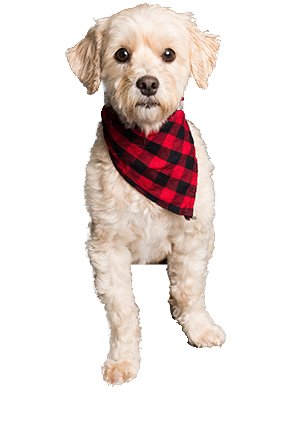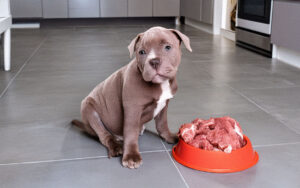
Is Raw Food Right for Your Dog? Find Out Now!
Thinking about switching to raw dog food? 🐶🥩 Discover the pros, cons, and if it’s the right choice for your pup!
One of the most common challenges new dog owners face is leash pulling.
Puppies, with their endless curiosity and boundless energy, often see walks as the perfect opportunity to explore their surroundings—and they tend to pull on the leash to get there faster.
While this behavior is natural, it can lead to frustration, safety risks, and stress during walks.
Teaching your puppy to walk on a loose leash is not only crucial for their training but also for your sanity as a pet parent! Let’s dive into the essentials of loose leash walking and learn how to stop your puppy from pulling once and for all.
Before we jump into the solution, it’s important to understand why puppies pull in the first place:
Excitement and curiosity: Puppies are naturally inquisitive. New sights, smells, and sounds excite them, causing them to pull toward the things they want to investigate.
Forward momentum: The more a puppy pulls, the more they are rewarded by moving forward, reinforcing this behavior unintentionally.
Lack of training: Without guidance, puppies don’t automatically know how to behave on a leash. Walking calmly beside you is a skill that needs to be taught.
Loose leash walking isn’t about walking perfectly at heel. It’s about teaching your puppy to stay by your side on a relaxed leash. Follow these steps to get started:
Before training begins, ensure that you have the right tools to make walking easier and more comfortable for both you and your puppy.
Flat collar or harness: Opt for a comfortable, well-fitted collar or harness. Many owners find that front-clip harnesses help reduce pulling as they redirect the dog’s movement when they pull.
Leash length: A standard 4-6 foot leash is best for loose leash walking. Avoid retractable leashes as they encourage pulling by giving the dog more control over the distance they can travel.
Training treats: Have a supply of high-value treats or toys to reward your puppy for good behavior.
Start by teaching your puppy to focus on you. This command will help redirect their attention when they get distracted on walks.
Hold a treat in your hand and say, “Look at me.”
When your puppy makes eye contact, immediately reward them with the treat and praise.
Practice this in low-distraction environments before progressing to walks.
Begin leash training in a low-distraction environment, like your living room or backyard, to ensure your puppy can focus on learning the basics without overwhelming distractions.
Stand still with your puppy on the leash.
If the puppy pulls, stop walking immediately. Wait for them to return to you or for the leash to relax.
Once they do, reward them with a treat and resume walking.
This process teaches your puppy that pulling doesn’t get them what they want, but walking calmly beside you does.

Whenever your puppy walks calmly beside you with a loose leash, give them a treat and praise. The goal is to make them understand that staying close to you results in rewards.
If your puppy starts pulling again, stop immediately. Wait until they return to you, then reward and resume walking.
You can also change directions abruptly when they pull to show them that you are the leader of the walk, not them.
Consistency is key here: the more your puppy learns that pulling halts progress, while walking calmly keeps things moving, the quicker they’ll adjust.
While loose leash walking doesn’t require your dog to walk perfectly at heel, teaching the “heel” command can be helpful when you need extra control in crowded or distracting situations.
Start with your puppy sitting on your left side.
Use a treat to guide them into the “heel” position and say “heel.”
Begin walking, keeping the treat in your hand to maintain their attention.
Reward frequently when they stay by your side.
Practice this command regularly to build control for situations where loose leash walking may not be enough.
The outdoors is full of distractions: other dogs, squirrels, loud noises, etc. To handle these without your puppy pulling:
Stay calm and composed. When you see a distraction, use the “look at me” command or give a treat to refocus their attention on you.
Increase the distance between your puppy and the distraction until they can calmly observe without pulling. As they get better, gradually decrease the distance.
Train in progressively challenging environments: Start in quiet areas, then gradually introduce more distractions once your puppy becomes proficient.
Keep training sessions short and enjoyable. Puppies have limited attention spans, so focus on quality over quantity. A few 5-10 minute training sessions per day are more effective than one long, exhausting walk.
Common Pitfalls to Avoid
While training your puppy to walk on a loose leash, it’s important to avoid these common mistakes:
Inconsistency: Always stop when your puppy pulls, no matter how small the pull. If you allow pulling even once, it can reinforce the behavior.
Punishing your puppy: Yanking on the leash or scolding your dog won’t teach them what you want. Instead, use positive reinforcement to guide their behavior.
Allowing pulling to get to a destination: If your puppy pulls to reach something they want (like a park or another dog), and you allow it, they’ll associate pulling with rewards. Always stop the moment they start to pull.
Loose leash walking takes time, patience, and consistency, but it’s one of the most important skills you can teach your puppy. Not only will it make walks more enjoyable for both of you, but it will also improve your overall bond.
Remember, every dog learns at their own pace. Celebrate small victories, and don’t be discouraged if your puppy doesn’t get it right away. With persistence, they’ll soon master the art of walking by your side on a loose leash!
Want more puppy training tips, helpful advice, or product recommendations? Sign up for our newsletter to receive weekly insights and exclusive content for dog lovers!

Thinking about switching to raw dog food? 🐶🥩 Discover the pros, cons, and if it’s the right choice for your pup!

Discover the top mistakes people make when using dog training treats and how to correct them for better results with your puppy!
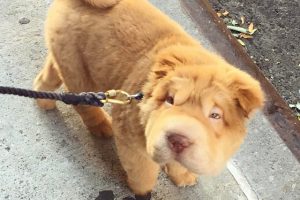
Tired of leash pulling ruining your walks? Learn the secrets to stress-free, enjoyable walks with your puppy in our latest blog!
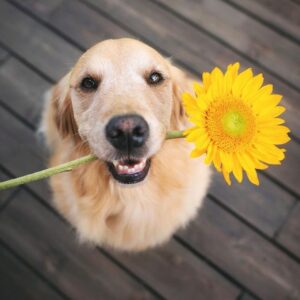
Learn how to clean up accidents, spot signs, and avoid potty training mistakes! Patience and consistency are key to success.
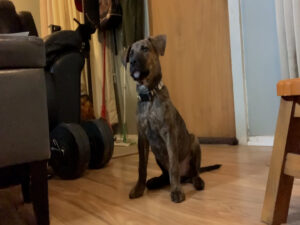
Discover my step-by-step guide on how I potty trained my puppy Lizzy, including helpful tips and real-life experiences!

The Ultimate Guide to Potty Training Your Dog: Discover must-have tools from Amazon to make training easier and stress-free!
